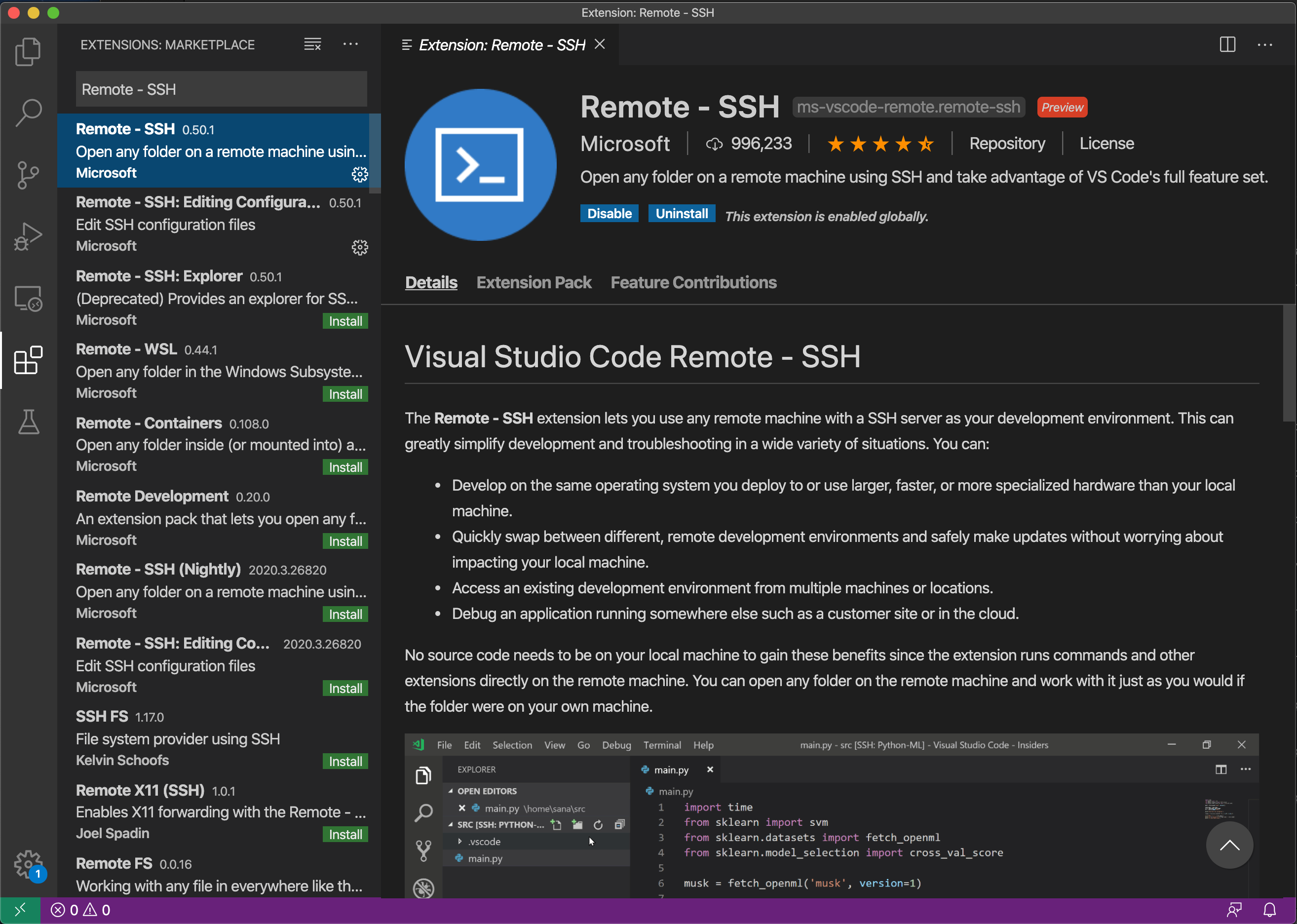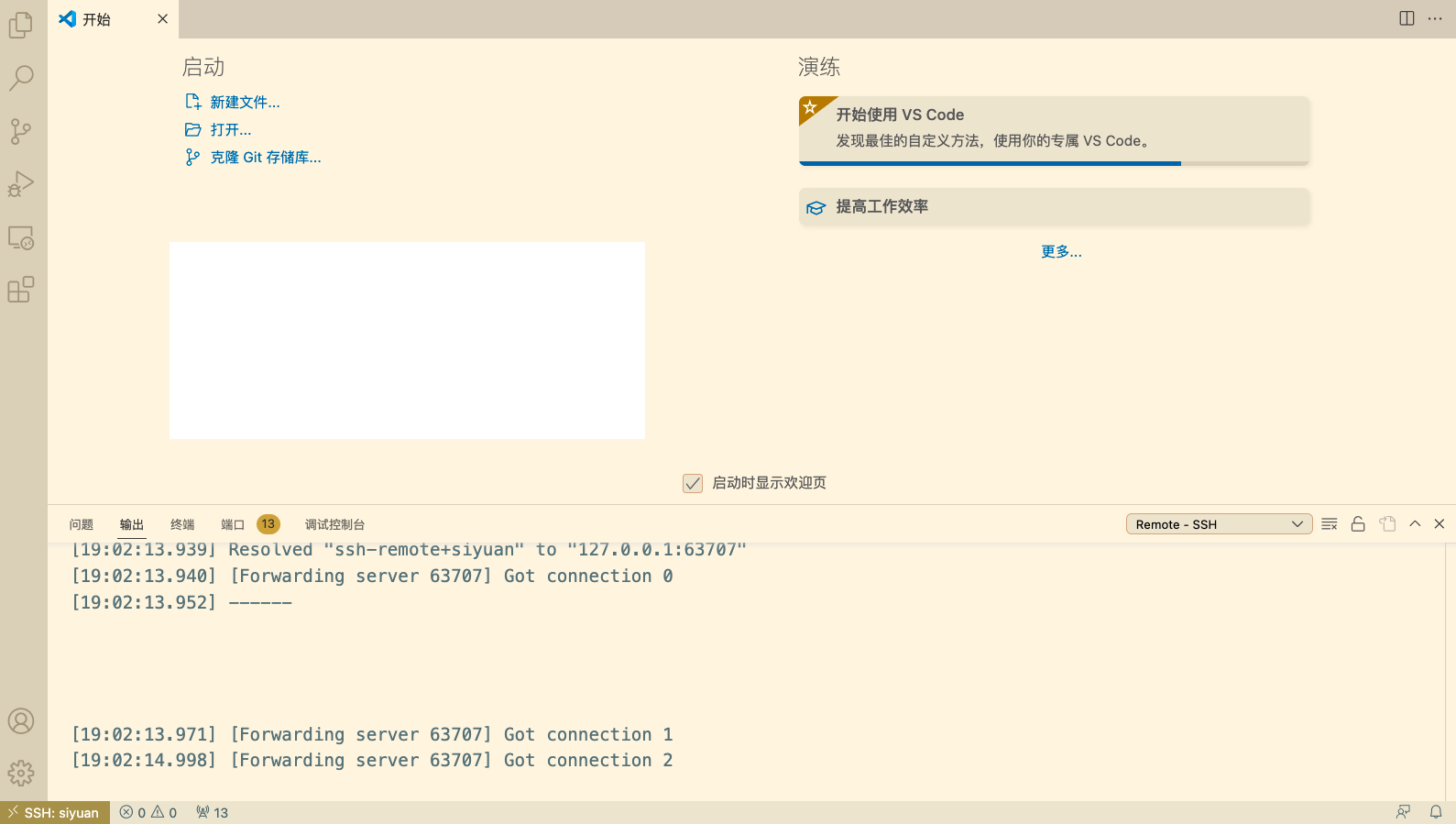Unlock Your IoT: Free SSH Remote Access For Raspberry Pi & More!
Is your Internet of Things (IoT) setup a vulnerable open door, or a fortress of digital security? The ability to remotely and securely manage your Raspberry Pi, and other IoT devices, is no longer a luxury it's a necessity, and SSH (Secure Shell) is the key to unlocking that potential.
This article delves into the essential world of SSH, illuminating the path to robust remote access and management for your IoT projects. Well navigate the complexities of setting up SSH, explore the free tools at your disposal, and ensure you can confidently configure, monitor, and troubleshoot your devices from anywhere in the world. From the initial installation to the final connection, we'll provide you with the knowledge needed to transform your IoT setup into a secure and efficient system.
For those unfamiliar, Secure Shell (SSH) is a cryptographic network protocol that allows for secure network services over an unsecured network. In essence, it's a secure way to connect to a device's command line. This is particularly valuable in the context of IoT, where devices are often deployed in remote locations or environments without easy physical access. SSH provides a secure tunnel for remote access, eliminating the need for direct physical interaction and allowing for configuration changes, troubleshooting, and monitoring of your IoT devices.
- Alice Rosenblum Leaks Onlyfans More Latest Updates
- Unveiling Kristi Noem From Bedhead To Bikini Buzz Latest Updates
The benefits of using SSH extend far beyond simple remote access. With SSH, you're essentially building a fortified digital perimeter around your IoT projects. Unauthorized access and potential attacks are deterred, the integrity of your data and devices is safeguarded, and your ability to manage your IoT ecosystem is significantly enhanced. By using SSH, you're not just connecting; you're taking control.
One of the most significant advantages of utilizing SSH lies in its encryption capabilities. All data transmitted through an SSH connection is encrypted, meaning that any sensitive information exchanged, such as login credentials, configuration files, and data streams, remains private and secure. This is in stark contrast to unencrypted protocols that can be easily intercepted and compromised, posing a significant risk to the security of your IoT devices and the data they handle.
Furthermore, SSH facilitates proactive management and efficient troubleshooting. If a device malfunctions, you dont need to physically visit the site to diagnose and resolve the issue. Instead, you can connect remotely, analyze logs, restart services, or even install updates all without leaving your desk. This is especially critical in large-scale deployments where managing hundreds or thousands of devices can be a logistical nightmare. SSH streamlines these processes, saving you time, resources, and potential downtime.
Let's now delve into a more specific example: using SSH with a Raspberry Pi. The Raspberry Pi is an incredibly popular platform for IoT projects, and SSH is practically essential for its effective management. Whether you're building a home automation system, a weather station, or an industrial monitoring solution, SSH enables you to interact with your Raspberry Pi's command line, execute commands, and transfer files securely.
Here is a table that can be easily added into your WordPress to provide further details on the advantages of SSH remote access for IoT devices and provide more insight into the subject for further reading and understanding :
| Feature | Benefits |
|---|---|
| Secure Connection | Encrypts all data, protecting against unauthorized access and data breaches. |
| Remote Access | Allows access to devices from anywhere, eliminating the need for physical presence. |
| Troubleshooting | Enables remote diagnosis and resolution of issues, reducing downtime. |
| Configuration Management | Allows remote configuration changes and updates. |
| Monitoring | Provides access to real-time device status and performance data. |
| Scalability | Facilitates the management of large numbers of IoT devices. |
| Efficiency | Improves operational efficiency and reduces costs associated with on-site visits. |
| Security Updates | Allows for the installation of Security updates, enhancing overall security. |
The process of setting up SSH on your Raspberry Pi is relatively straightforward. First, you need to ensure that SSH is enabled. By default, it's often disabled for security reasons. You can enable it either directly on the Raspberry Pi, using a monitor, keyboard, and mouse, or remotely if you already have a network connection configured. Within the Raspberry Pi's configuration settings, you'll find an option to enable SSH. Once enabled, the Raspberry Pi will listen for SSH connections on port 22 (the default port).
For a Windows machine, the most popular free tool for connecting to SSH is PuTTY. This is a lightweight, easy-to-use SSH client that you can download from its official website. After installing PuTTY, you'll need to enter your Raspberry Pi's IP address in the "Host Name" field. Then, set the "Port" to 22 and select "SSH" as the "Connection Type." Once configured, simply click "Open" and you'll be prompted to log in using your Raspberry Pi credentials (username and password). If everything is set up correctly, you'll be presented with the Raspberry Pi's command-line interface, allowing you to begin your remote management tasks.
If youre working on a Mac, the built-in Terminal application provides SSH capabilities without the need for extra software. Open Terminal, and you can directly connect to your Raspberry Pi using the command: `ssh pi@`. Replace `` with your Raspberry Pi's actual IP address. The system will then prompt you for the Raspberry Pi's password.
Once you're connected, you're ready to start configuring your Raspberry Pi. You can use this connection to install software, update the operating system, monitor system resources, or troubleshoot any issues. The command-line environment offers a vast array of tools for managing your device and ensuring its smooth operation.
One essential aspect of securing your SSH connection is to change the default password. The default password for the "pi" user on Raspberry Pi is a well-known security risk. It's imperative that you change this password immediately after enabling SSH to prevent unauthorized access. You can do this using the `passwd` command within the SSH terminal. Its also a good practice to disable password-based authentication and switch to using SSH keys for more secure login, which is significantly more robust than passwords.
SSH keys work by generating a pair of cryptographic keys: a private key (which you keep secret) and a public key (which you can share). You place the public key on your Raspberry Pi, and when you try to connect, your SSH client (running on your Windows machine, Mac, or other device) uses your private key to authenticate itself. This method is much harder to crack than password-based authentication because it doesn't involve transmitting your password over the network. The process of setting up SSH keys can seem a bit daunting at first, but it provides a much higher level of security.
Implementing a firewall on your Raspberry Pi adds another layer of security. A firewall can control incoming and outgoing network traffic, blocking unauthorized access. Many Linux distributions, including the one used on Raspberry Pi, have built-in firewall tools, such as `iptables` or `ufw` (Uncomplicated Firewall). With a firewall, you can restrict SSH access to specific IP addresses, further limiting potential attack vectors.
Regularly updating your Raspberry Pi's operating system and installed software is crucial for security. Software updates often include patches that fix security vulnerabilities. You can automate these updates or manually check for updates regularly using the `apt` package manager. It's also beneficial to keep an eye on security advisories related to your Raspberry Pi and the software you use to stay informed about potential threats.
The concept of a remote IoT platform goes hand in hand with SSH. Several platforms are designed to streamline remote access and management of IoT devices. These platforms often provide a user-friendly interface for controlling devices, monitoring data, and executing commands, making the management process more manageable. These platforms often integrate SSH functionality, allowing you to leverage the security and flexibility of SSH while benefiting from the platform's features.
When considering remote access to IoT devices, it's essential to understand the concept of peer-to-peer (P2P) SSH. P2P SSH allows for direct connections between devices without relying on a central server. This setup is particularly advantageous in scenarios where you need to access devices behind firewalls or in private networks. P2P SSH solutions often involve the use of technologies like reverse SSH tunnels or specialized VPN services, allowing you to create secure connections between your devices despite network restrictions.
In the rapidly evolving landscape of IoT, the need for robust security and efficient management tools is paramount. SSH offers a reliable, versatile, and secure solution, empowering you to take complete control of your devices. By understanding and implementing the concepts and strategies outlined in this article, you'll equip yourself with the expertise to create a secure and manageable IoT ecosystem, ready for the challenges and opportunities that lie ahead. Embrace the power of SSH, and transform your IoT setup into a secure, efficient, and fully accessible system.
The tools to control your smart devices are at your fingertips. Securely connecting your IoT devices using P2P SSH has become a critical element in modern technology. It ensures secure communication. SSH remote IoT device Raspberry Pi free downloads include several tools to secure your connection, compatible across all platforms. For Windows users, PuTTY is a popular SSH client, downloadable for free.



Detail Author:
- Name : Buster Hudson
- Username : rjohnston
- Email : wyman.gabriel@yahoo.com
- Birthdate : 2001-03-06
- Address : 8878 Adah Light Suite 866 East Eldachester, NC 00252-6609
- Phone : (281) 769-4304
- Company : Wuckert-Moen
- Job : Agricultural Sales Representative
- Bio : Asperiores voluptates nobis magnam ut autem cum. Quo vel quos rerum.
Socials
instagram:
- url : https://instagram.com/ctorphy
- username : ctorphy
- bio : Rerum quibusdam aut in. Dolores dicta culpa vitae rerum omnis. Voluptatem enim qui ut quis.
- followers : 1391
- following : 664
facebook:
- url : https://facebook.com/candidotorphy
- username : candidotorphy
- bio : Impedit dolores illum non iure molestiae dolores.
- followers : 1893
- following : 704
twitter:
- url : https://twitter.com/torphy1992
- username : torphy1992
- bio : Iure voluptatem earum distinctio et. Voluptas et incidunt nisi esse aliquid quis.
- followers : 5270
- following : 2581
tiktok:
- url : https://tiktok.com/@candido2246
- username : candido2246
- bio : Illum reiciendis at sapiente magni enim.
- followers : 4777
- following : 2239